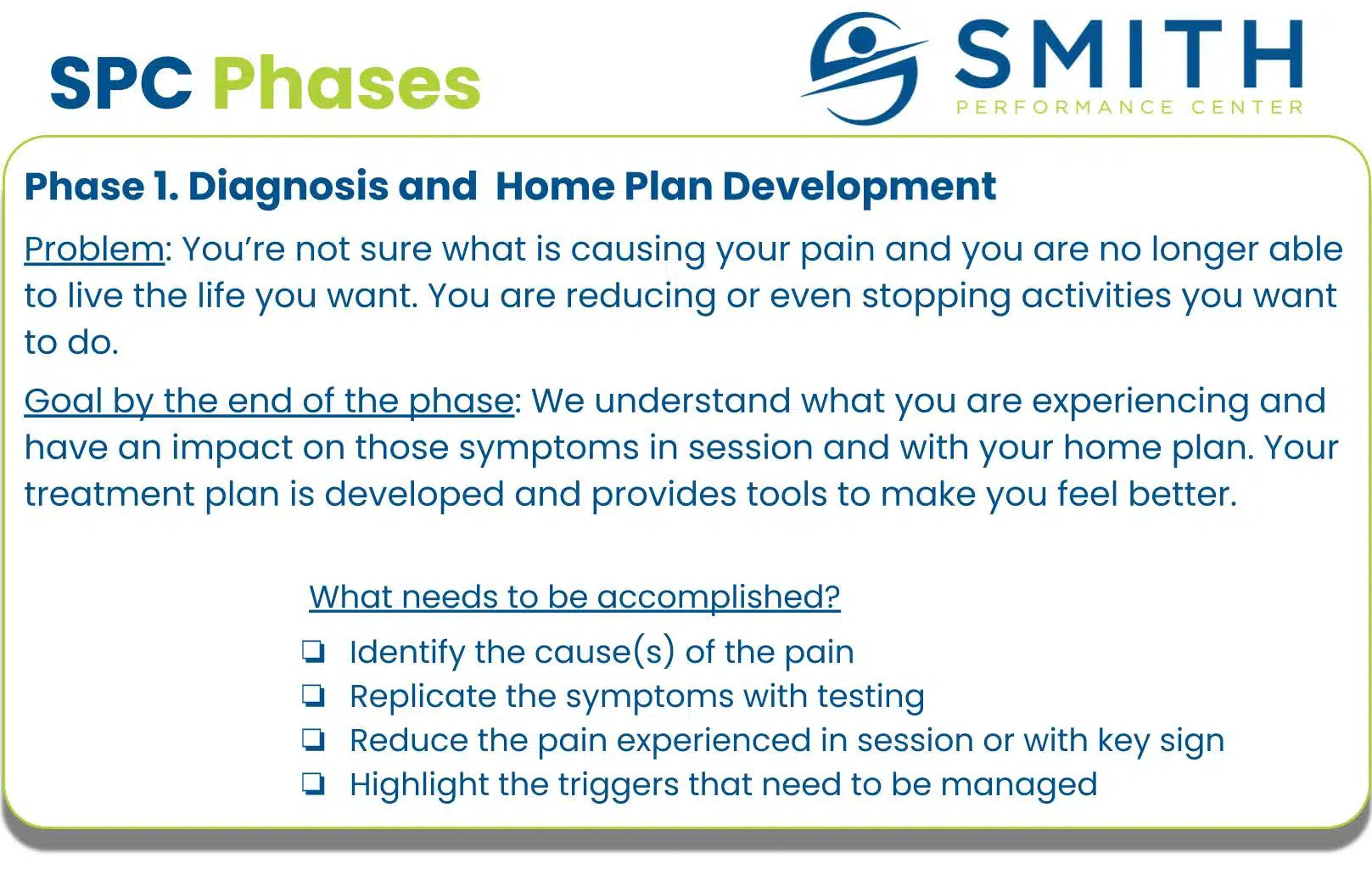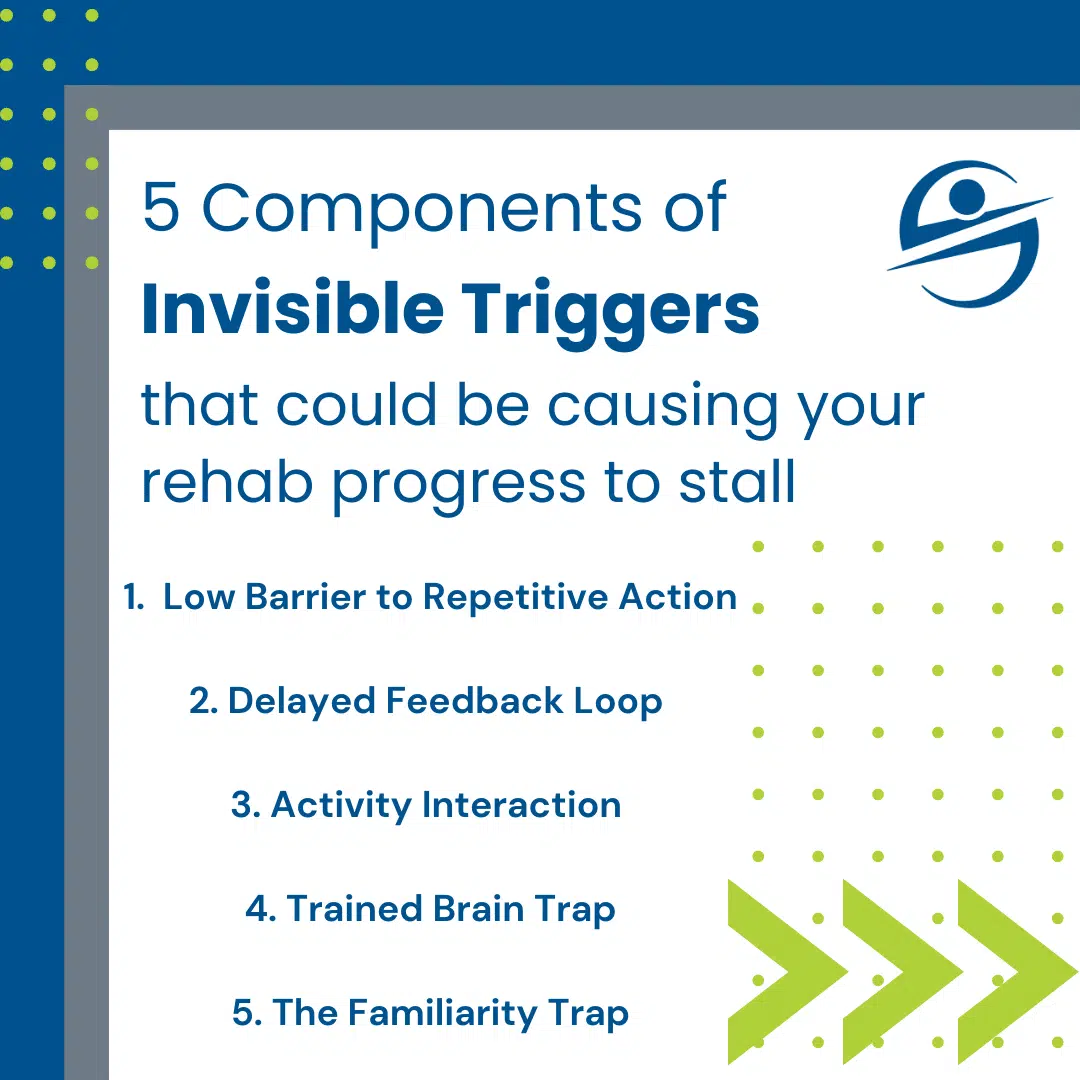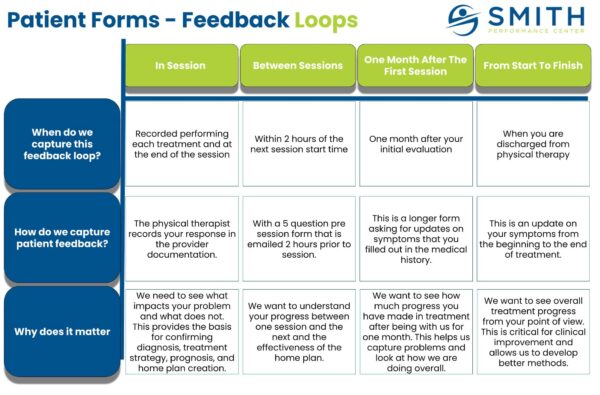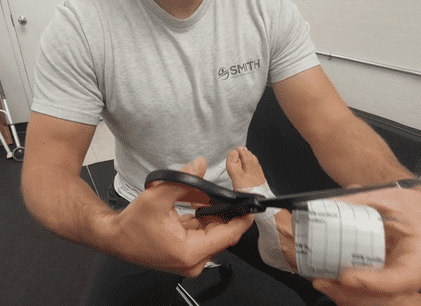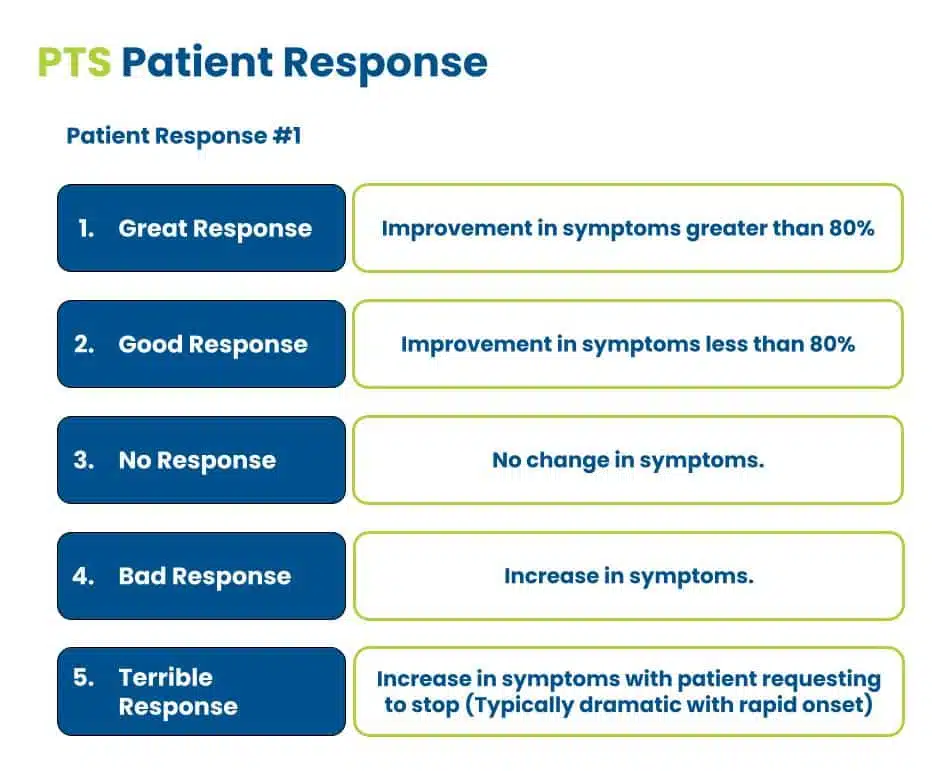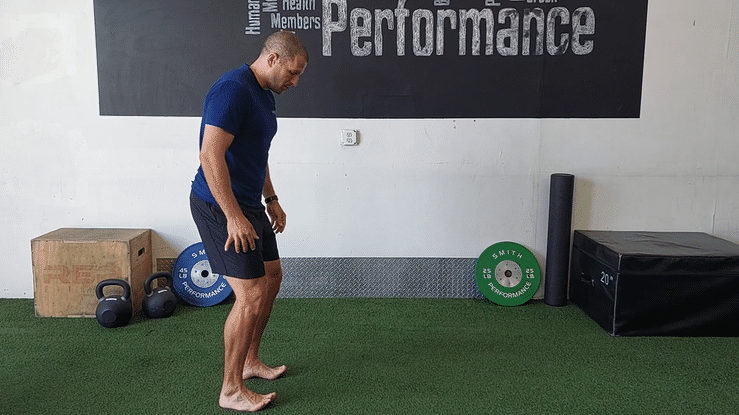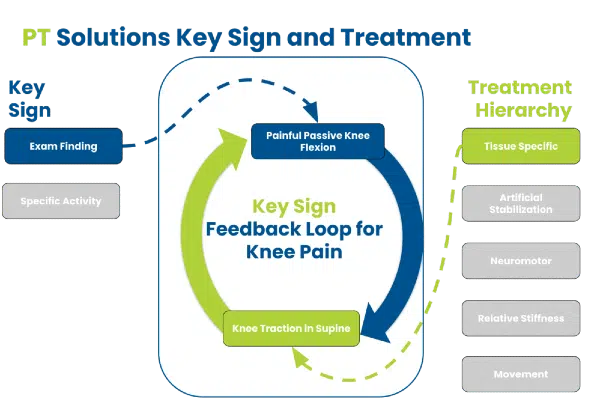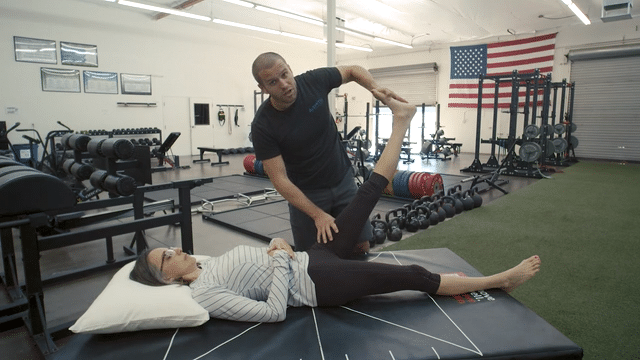
The 7 Tissues to Consider When Progressing Activity After Physical Therapy
The Rehab Standard is an SPC concept that defines when a client has a higher exercise capacity than tissue capacity. When your tissue capacity is lower than the exercise capacity, the focus of the workout is not how hard you worked out. It is not how much you sweat or how good of a muscle burn you got. The focus is on the healing tissue and that is was not overloaded, irritated, or provoked. A violation of the rehab standard can present as pain after the workout or the next day, even if there was no pain during the workout. The key is to focus on tissue capacity in the exercise selection, intensity, volume and the type of tissue injured. We want to look at this last one, the type of tissue injured, in relation to activity progression following an injury. The 7 Tissues to Consider When Progressing Activity Improving

